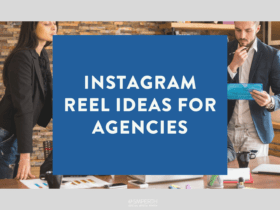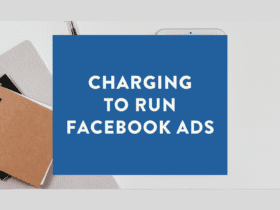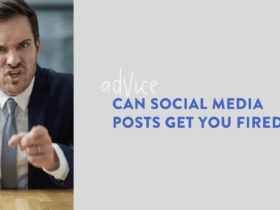Remember back in high school when the teacher would present the lesson on the overhead projector with a pile of handwritten transparent slides one after another?
How much information did you retain? Our guess is not much.
When they are overloaded with information, our brains tend to switch off, especially if it is difficult to engage with the way it is presented to us. Luckily technology and presentations have come a long way since then, yet some of the old ways are still being used.
You don’t want to be putting your audience to sleep in meetings so we’ve put together 8 tips for creating presentations that will be sure to engage event the toughest critics:
1. Bullet-free
Bullet points are old school. Reliance on bullet points to communicate information detracts from your talent as a speaker and reduces your meeting or presentation to a read-aloud session. Your audience can read your slides faster than you can read it to them! Use concise language, and slides should make just one main point using 15 words or fewer with clear paragraphing.
2. Reduce noise
Does your slide clearly communicate your intended point? If it doesn’t, then it likely has too much noise. Keeping slides simple is the most important part of effective presentations.
3. Say “No” to logo
There is no need to have your logo on every single slide. The first and last will suffice. It is highly unlikely that your audience will need to be reminded who you are and where you’re from so frequently. Logos are one of the main creators of extra noise on a slide and can detract from your presentation.
4. Data overload
Charts and tables can be highly effective devices for communicating a point. However, it is important not to overload your presentation with complex charts that will take your audience more than a minute to decipher. Be clear with your data. If there are more complex representations available, provide attendees with links for them to explore at their leisure.
5. Tell a story
Storytelling increases audience retention and, in turn, strengthens the presentation. Open the presentation with a personal, but relevant story, or use interesting stories throughout as ‘mini breaks’ and to cut through and keep audience attention.
6. Video, video, video
Video is here to stay! Millennials in particular rely on video for learning and communications, much the way previous generations relied on email, fax or the telephone. It also has unrivalled capacity to engage and keep audience attention.
Try live-streaming an event or speech. Or you could try short, pre-produced videos with clear and concise messages.
7. Get involved
Q&A segments don’t have to be relegated to the end of a presentation. Encourage audience interaction throughout by punctuating the presentation with impromptu question and answer sessions to keep the audience motivated and interested from beginning to end.
8. Use props
A sure-fire way to stand out is by using an unusual, but appropriate, prop. The best props are large enough for everyone to see, is relevant to your points and unique enough to be memorable. So, get creative!
High brow subjects traditionally perceived as ‘dull’ will definitely benefit from injecting some of the above tips. But even some of the most lively ones will be received more positively and the information will be better retained.
Remember to think about who your audience are and how they retain information – millennials are going to differ from baby boomers.
Once you’ve put the presentation together, do a test run. Try it out on a co-worker or family member and make any necessary changes before you present it in your meeting.
Our free checklist is here to help you speed up the onboarding process so you can start helping your digital marketing clients grow sooner rather than later.









LET’S CONNECT